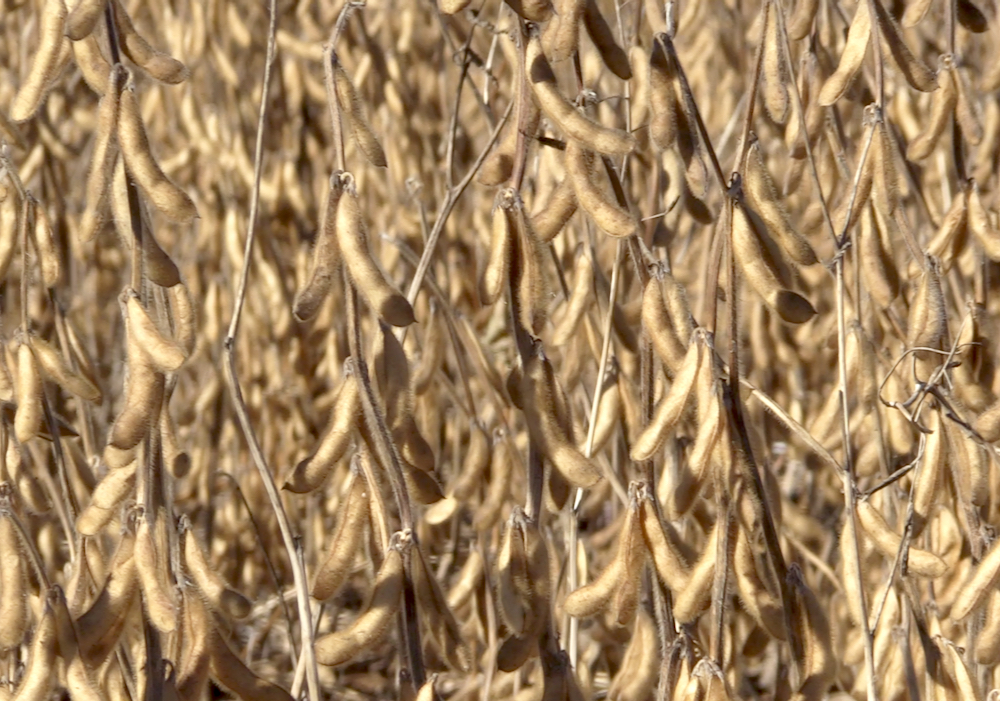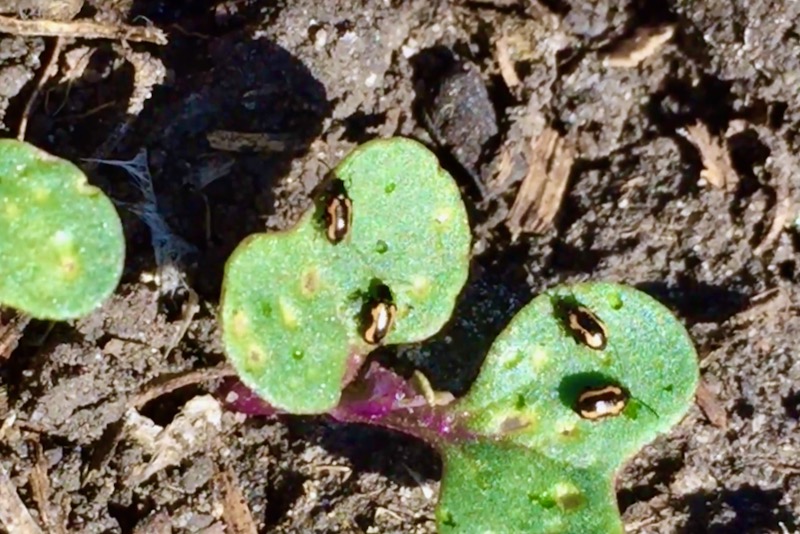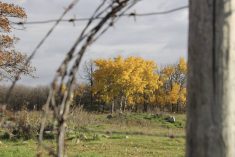MarketsFarm — If there could be one benefit to the excessive moisture across much of southern Manitoba and the Interlake region, that would be a potentially reduced risk for insect pests, according to John Gavloski, entomologist for Manitoba Agriculture, Food and Resource Development.
For example, Gavloski cited flea beetles, which could damage canola. “If [canola] plants sit in that seedling stage for a long time, the seed treatment wears out,” and farmers would then need to apply a foliar spray, he said.
“If seeding into ground that is warmer and has good soil moisture, you may get quicker germination and quicker seedling growth. That might reduce the risk of excessive flea beetle damage.”
Read Also

CBOT Weekly: Grain, oilseed futures under pressure
November soybeans lost 23 U.S. cents per bushel during the week, while corn and wheat losses ranged from five to 10 cents.
Overly wet soil could hinder plant growth, which would lead to a greater chance for insect pests to do damage, he said. However, the soil going into mid-May would be warmer than in late April/early May, giving crops a chance to germinate quicker.
The entomologist cautioned that grasshoppers could be another pest this year, but the varieties that do pose a risk are currently in the egg stage.
“The eggs can handle being under water for days, but juveniles after being hatched cannot sit in water or they will drown,” Gavloski said.
Soggy conditions in Manitoba coupled with cooler-than normal temperatures could slow grasshopper emergence, he said, but stressed the need to always be vigilant.
“We still want to be on guard just in case we do get that big hatch,” he warned.
While bertha armyworms were not a problem in Manitoba last year, he said traps will still be set and monitoring is important.
“They often go in cycles where they build up and are bad for a few years, and then levels drop off,” Gavloski said.
No insecticides were used in the provinces last year for bertha armyworm, he said, and there’s nothing suggesting a large outbreak ahead.
Gavloski also advised growers to keep watch for diamondback moths blowing in with winds out of the south, and for armyworms migrating from the south.
— Glen Hallick reports for MarketsFarm from Winnipeg.

















